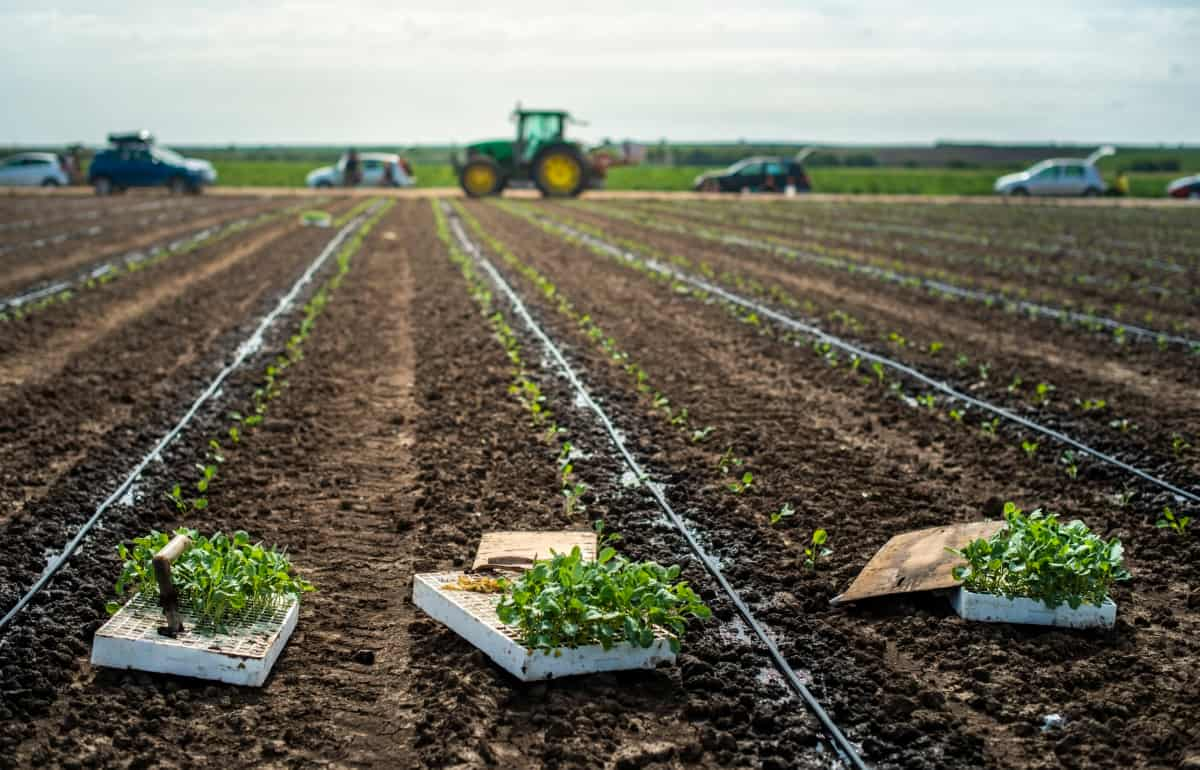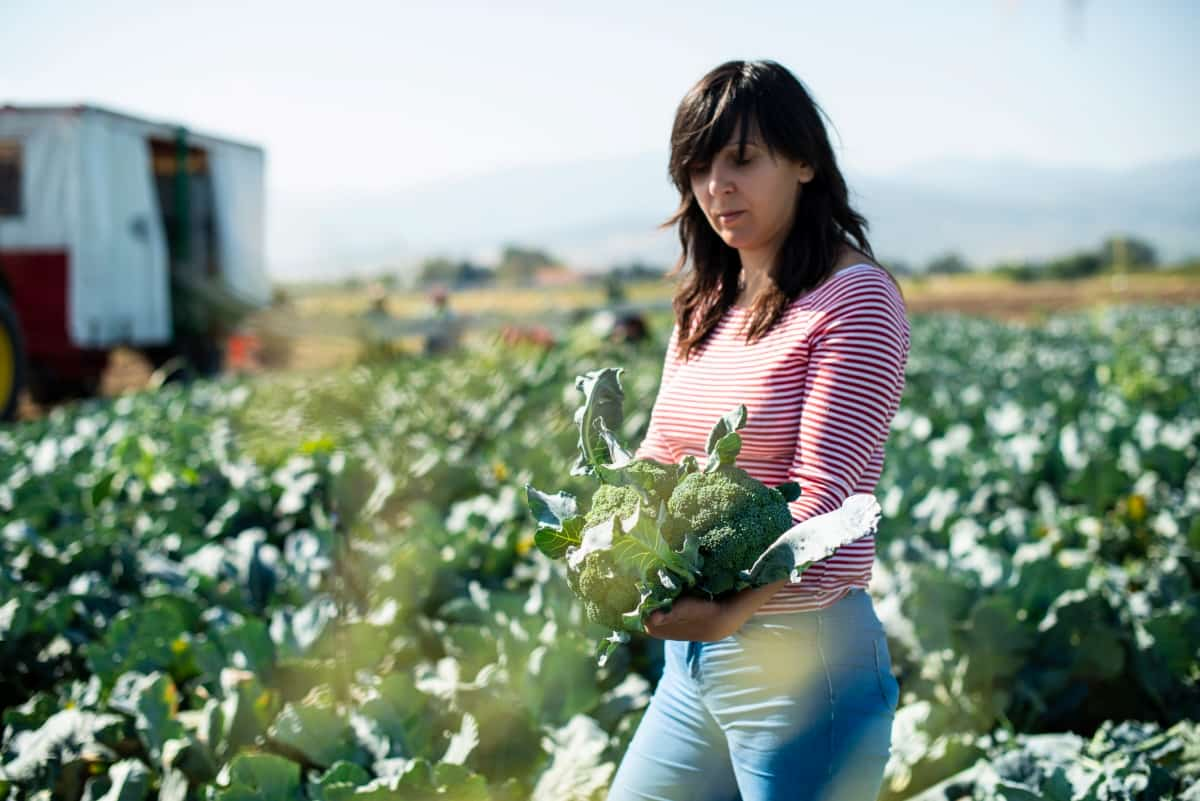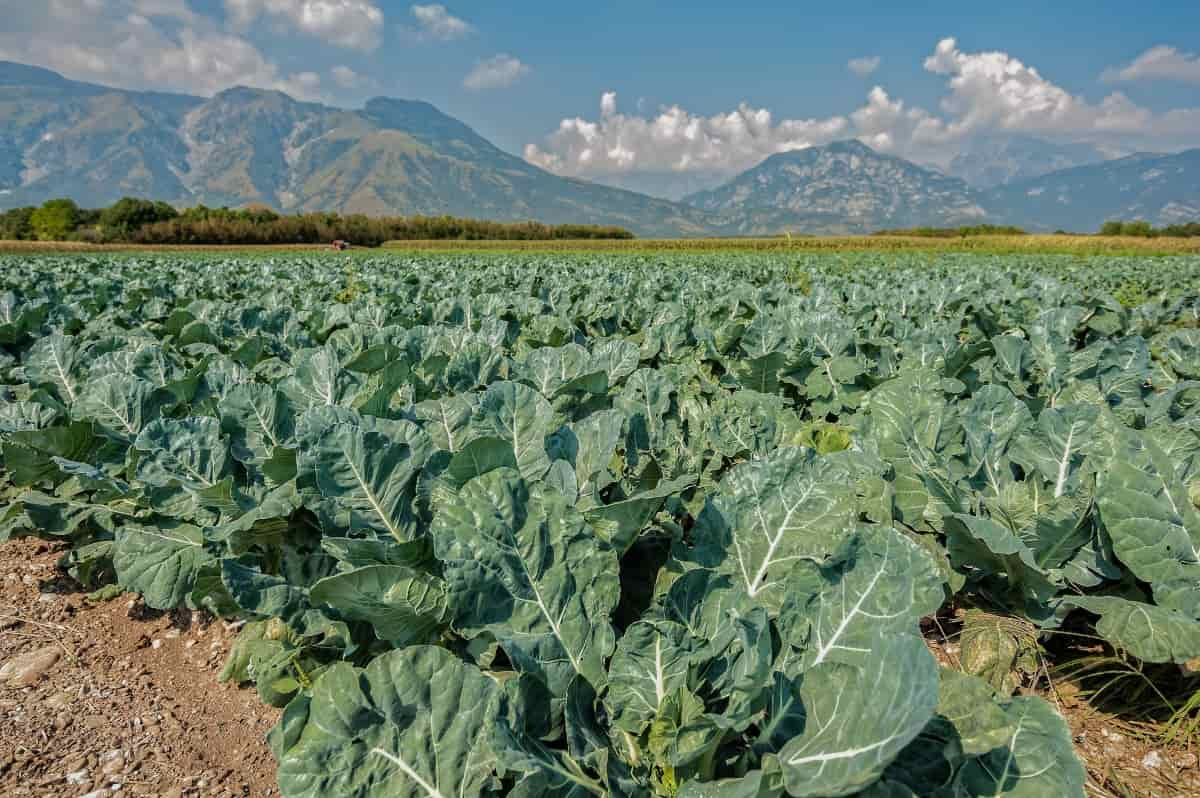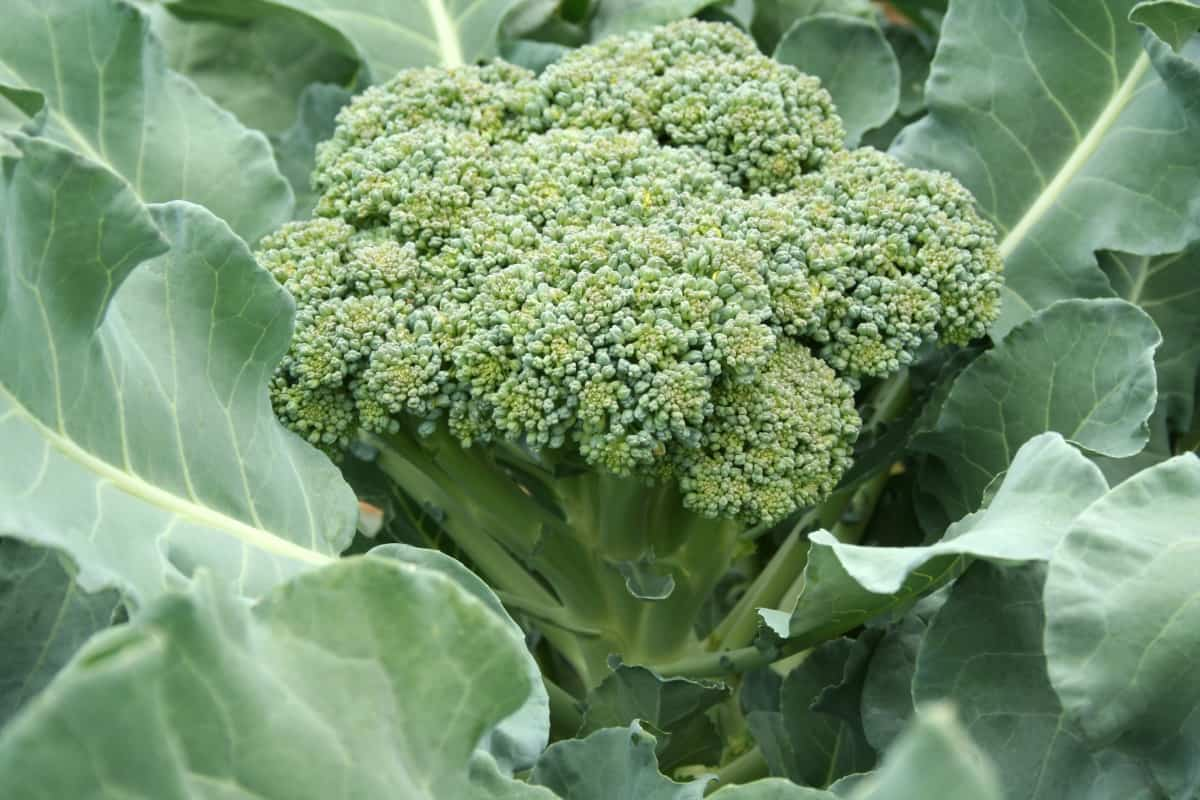Organic broccoli farming represents a sustainable approach to agriculture, focusing on producing this nutritious vegetable in harmony with nature. Best practices in organic broccoli cultivation include growing broccoli indoors or in pots and ensuring the use of natural methods and substances from seed selection to harvest.

This article dives into various aspects of organic broccoli farming, covering soil preparation, seed selection, organic fertilization, weed control, pest and disease management, water management, crop rotation, companion planting, and the intricacies of harvesting and certification. By adhering to these practices, farmers can produce high-quality, healthy broccoli while contributing positively to the environment.
Grow Broccoli Organically
Understanding Organic Broccoli Cultivation
Organic broccoli cultivation is a process that focuses on growing this nutritious vegetable without the use of synthetic chemicals or genetically modified organisms. This method emphasizes the health of both the consumers and the environment. Growing broccoli organically, whether indoors or in pots, involves a careful selection of soil, seeds, and organic fertilizers.
It also requires effective strategies for weed control, pest and disease management, and water management. The success of organic broccoli farming hinges on understanding the natural lifecycle of the plant and creating a balanced ecosystem that supports its growth.
Soil Preparation for Organic Broccoli Farming
The foundation of successful organic broccoli farming lies in soil preparation. Ensure the soil is fertile with organic matter, good drainage, and a pH of 6.0 to 7.0. Begin by incorporating compost or aged manure for enrichment. This is particularly important when growing broccoli organically in pots, as container soil requires more frequent replenishment of nutrients. Regularly testing the soil and adjusting its composition ensures the right balance of nutrients, which is crucial for the healthy growth of broccoli.
Seed Selection and Planting Techniques
Choosing the right seeds is a critical step in organic broccoli farming. Opt for organic, non-GMO seeds from reliable sources to ensure the purity and health of your crop. When planting, consider the spacing and depth requirements specific to broccoli. Sow the seeds directly into the ground or in seedling trays if you’re planning to transplant them later. For indoor or pot cultivation, select dwarf or compact varieties that are more suited to confined spaces. Proper seed selection and planting techniques lay the groundwork for a robust organic broccoli crop.
Organic Fertilization Methods for Broccoli
Organic fertilization is vital for nourishing broccoli plants without relying on synthetic chemicals. Use organic compost, well-rotted manure, or organic commercial fertilizers that are specifically formulated for vegetables. Apply these fertilizers according to the growth stage of the broccoli plants. For instance, a high-nitrogen organic fertilizer is beneficial during the early growth stages, while a balanced fertilizer is better as the plant matures. Consistent and appropriate fertilization is key to achieving a healthy, organic broccoli harvest.
In case you missed it: The Economics of Broccoli Farming: Costs, Profits, and Market Trends

Effective Weed Control in Organic Broccoli Farms
Weed control in organic broccoli farms requires diligence and the use of natural methods. Mulching is an effective technique, as it suppresses weeds and retains soil moisture. Using organic mulches like straw or grass clippings not only controls weeds but also adds nutrients to the soil as they decompose. Hand weeding is also a practical approach, especially in smaller gardens or when growing broccoli in pots. Regular monitoring and removal of weeds ensure that your broccoli plants are not competing for nutrients and water, leading to a more successful crop.
Natural Pest and Disease Management Strategies
Managing pests and diseases in organic broccoli farming involves a combination of preventive and reactive strategies. Promote the presence of helpful insects such as ladybugs and lacewings, which naturally control common pests like aphids. Use natural deterrents like neem oil or insecticidal soaps to handle infestations. Practice crop rotation and avoid planting broccoli in the same spot year after year to reduce disease build-up. Frequently examine your plants for indications of pests or diseases and promptly address them to prevent further spread.
Optimizing Water Management in Organic Broccoli Production
Water management is crucial in organic broccoli production. Broccoli requires consistent moisture, so regular watering is essential, especially in dry conditions. Utilize drip irrigation or soaker hoses to deliver water directly to the roots, minimizing water wastage and reducing leaf wetness, which can lead to disease. Mulching also helps in retaining soil moisture. In pot cultivation, ensure adequate drainage to prevent waterlogging. Balancing the water needs of broccoli plants is key to their healthy growth and development.
In case you missed it: Common Mistakes to Avoid in Broccoli Farming: Precautions for First-Time Broccoli Farmers

Crop Rotation and Companion Planting for Broccoli
Crop rotation and companion planting are essential practices in organic broccoli farming to maintain soil health and control pests naturally. Rotating broccoli with different crops each year helps break pest and disease cycles and improves soil fertility. For example, follow broccoli with a leguminous crop like beans or peas to enrich the soil with nitrogen.
Companion planting involves growing plants together that benefit each other. Planting herbs like dill or rosemary near broccoli can deter pests, while marigolds can attract beneficial insects. These practices not only enhance the growth and yield of broccoli but also contribute to a more balanced and healthy garden ecosystem.
Harvesting and Post-Harvest Handling of Organic Broccoli
Harvesting organic broccoli at the right time is crucial for the best quality and flavor. Broccoli heads should be firm and tight, usually harvested before the flower buds open. Cut the stalk at a slant, about five to six inches below the head, to encourage additional shoots for later harvests. Post-harvest handling involves cooling the broccoli quickly to preserve its freshness. Use clean, cold water to rinse and then store it in a cool, humid environment. Proper handling and storage are essential to extend the shelf life of organic broccoli and maintain its nutritional quality.
Certification and Compliance in Organic Broccoli Farming
For farmers selling organic broccoli, obtaining organic certification and complying with organic farming regulations is important. Certification involves adhering to standards set by organic farming authorities, which include using only approved substances and methods. The process typically requires detailed record-keeping of farming practices, inputs, and handling procedures.
In case you missed it: How and When to Fertilize Broccoli Plants: Requirements and Recommendation

Regular inspections by certifying agencies ensure compliance with organic standards. Certification not only adds credibility but also allows farmers to market their produce as certified organic, often fetching higher prices and meeting the growing demand for organic products.
Conclusion
Organic broccoli farming is a multifaceted process that demands attention to detail and dedication to natural principles. Through the practices discussed, such as soil preparation, using organic fertilizers, effective pest and weed control, and efficient water management, farmers can successfully cultivate healthy broccoli.
Additionally, strategies like crop rotation, companion planting, and proper post-harvest handling further enhance the quality and sustainability of the crop. Obtaining organic certification is a testament to a farmer’s commitment to these principles, ensuring the integrity of the organic produce.
- Feed Your Flock for Less: Top 10 Tips to Save on Chicken Feed
- Ultimate Guide to Ossabaw Island Hog: Breeding, Raising, Diet, and Care
- Hatching Answers: The Top 10 Reasons Your Chickens Aren’t Laying Eggs
- Eggs and Economics: Breaking Down the Cost of Raising Backyard Chickens
- Defend Your Greens: Proven Methods to Keep Iguanas Out of Your Garden
- Ultimate Guide to Cinnamon Queen Chicken: A Comprehensive Guide for Beginners
- Ultimate Guide to California Tan Chicken: Breeding, Raising, Diet, Egg-Production and Care
- Ultimate Guide to Marsh Daisy Chicken: Breeding, Raising, Diet, and Care
- 10 Types of Chicken Farming Businesses You Can Start for Profits